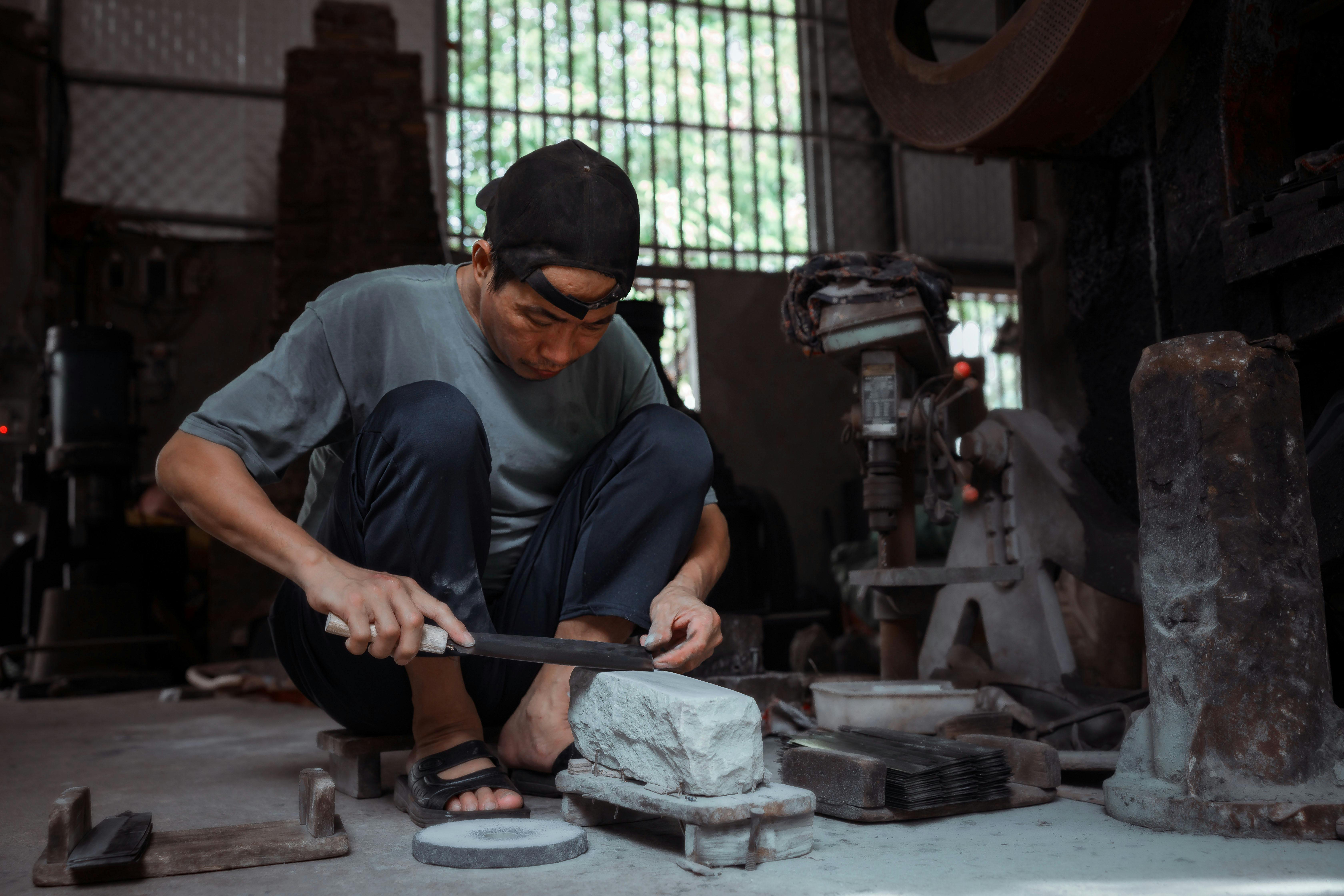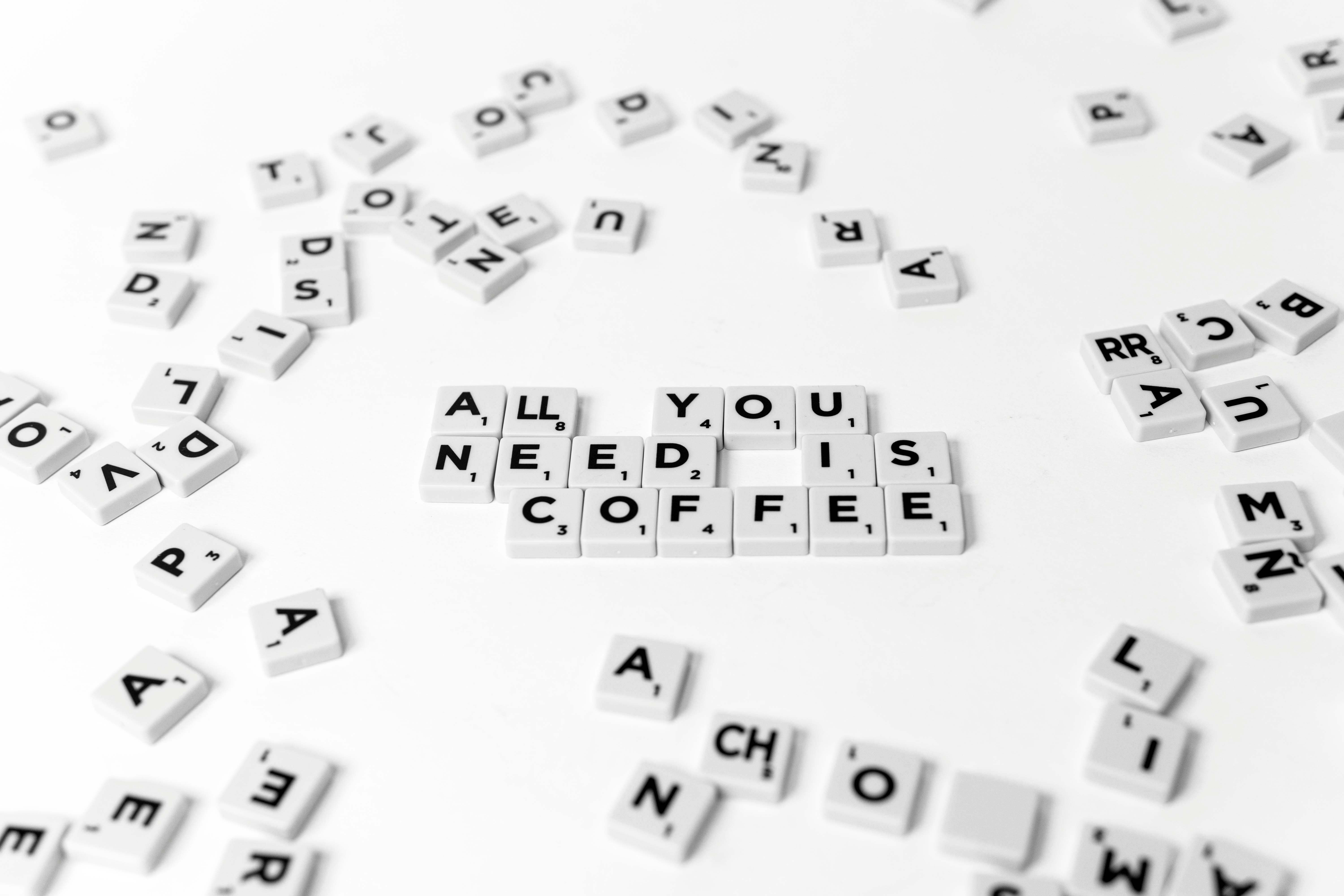Effective Ways to Get Your Nail to Reattach to Nail Bed in 2025
Nail injuries can be both painful and frustrating, especially when a nail separates from its bed. It's critical to understand how to promote nail growth, manage nail trauma, and effectively reattach a nail to ensure proper recovery. In this article, we'll explore effective nail restoration techniques, including home remedies for nail reattachment, professional treatments, and essential nail care tips. Whether you're dealing with a minor injury or seeking to understand the nail bed healing process, this guide provides comprehensive solutions to support your nail health.
The importance of your nails goes beyond their aesthetic value; they play a crucial role in protecting the fingertips and supporting overall nail health. Learning how to treat nail loss effectively can dramatically improve both recovery time and emotional wellbeing. This article not only outlines practical steps for restoring your nail attachment but also emphasizes the importance of proper nail bed care for long-lasting health.
Key takeaways from this article include:
- Effective home remedies and professional solutions for nail reattachment.
- Understanding the nail growth process after injury and the role of nutrition.
- Best practices for nail health and preventing future nail detachment.
Understanding Nail Bed Injuries
Nail bed injuries are common and can occur due to various factors, including accidents, infections, or underlying health issues. It's essential to recognize the type of injury to determine the best course of action for nail reattachment. Injuries may result in complete nail loss or partial detachment, often leading to pain, swelling, and potential infection.
Types of Nail Injuries
There are several types of nail bed injuries, each requiring different care strategies:
- Avulsions: These occur when the nail is forcibly detached from the nail bed, leaving an open wound.
- Fractures: Sometimes, the nail itself may crack or break, which can make reattachment more complicated.
- Fungal Infections: These can cause the nail to lift from the nail bed due to infection, requiring treatment before reattachment.
Signs of Nail Bed Complications
Recognizing the symptoms of complications is crucial for ensuring proper nail recovery. Watch for signs such as:
- Persistent pain around the nail bed.
- Increased redness or swelling indicating potential infection.
- Oozing or pus coming from the nail area.
If you notice any of these signs, consult a professional nail care specialist for an evaluation and treatment to prevent future issues. Building on these fundamentals, we move to effective restoration techniques.
Home Remedies for Nail Reattachment
Restoring your nail attachment can often begin at home. With the right approach and understanding of nail care, you can promote healing effectively. These home remedies are designed to foster an environment conducive to nail growth and recovery.
Using Nail Adhesives
Nail adhesives are an effective way to temporarily reattach a nail. Here’s how to use them:
- Clean the area thoroughly to remove any debris or infections.
- Apply a small amount of nail adhesive to both the nail and the nail bed.
- Press the nail back into place gently.
- Allow time for drying as per adhesive instructions.
Topical Antibiotics for Infection Prevention
Applying topical antibiotics around the area can help prevent infections, which is crucial for a successful reattachment process. Treatment not only keeps the nail area clean but also promotes healing:
- Consult a healthcare provider to choose the right antibiotic.
- Apply the antibiotic daily as prescribed.
- Monitor the area for any signs of allergic reactions.
Nail Carriers and Nutritional Support
Nutritional factors play a vital role in promoting nail growth after injury. A diet rich in vitamins and proteins can help:
- Include foods high in biotin such as eggs, nuts, and avocados.
- Incorporate lean proteins for building strong nails.
- Stay hydrated to maintain nail and skin health.

After utilizing these remedies, it's important to maintain holistic nail care practices to support continued growth. This naturally leads us to effective professional treatments for nail recovery.
Professional Nail Repair Methods
If home remedies do not yield results, or if the injury is severe, professional intervention may be necessary. Nail care specialists have access to advanced techniques and products designed for efficient nail restoration.
Nail Wraps and Covers
Nail wraps are a popular option among professionals for providing additional support to a damaged nail; these can also enhance aesthetics. Here’s how they work:
- Wraps can effectively hold a broken nail in place while allowing for growth.
- Consult a professional for proper application techniques.
- Follow up with regular maintenance and care to extend their lifespan.
Professional Nail Treatments
In severe cases, a professional may recommend treatments such as gel or acrylic nails to protect the bed while natural nail growth occurs. Additionally, these treatments can:
- Provide a cosmetic solution to restore the appearance of nails.
- Facilitate proper bed healing while providing structural support.
Consultation and Follow-Up Care
Once professional treatment has been applied, ongoing care remains essential. Patients should:
- Schedule regular follow-up appointments with their nail care specialist to monitor progress.
- Maintain an open line of communication regarding any concerns during the healing process.
With both home remedies and professional interventions in mind, let's discuss how to ensure optimal nail bed healing through proper care practices.
Nail Bed Healing Process
Understanding the nail bed healing process is vital for effective recovery. Typically, this process involves several stages and requires specific care regimens to encourage full recovery and reattachment.
Growth Factors for Nails
Several growth factors can influence nail recovery, and understanding these can significantly impact the healing rate:
- Proper circulation boosts nutrient delivery to the nail bed, aiding in growth.
- Nutrition can accelerate nail recovery by providing essential building blocks.
- Hydration keeps nails and surrounding skin supple and less prone to further damage.
Signs of Successful Healing
It's crucial to know what to look for during the healing process:
- A reduction in redness and swelling around the nail.
- Growth of new nail tissue as a positive sign.
- Increased strength and stability in the affected nail.
Common Challenges and Solutions during Healing
Challenges can arise during the healing process, such as infection or detachment. Here's how to address them:
- Practice nail hygiene to prevent infections.
- Seek immediate care if you notice any signs of complications.

This extensive overview of the nail healing process leads us to vital nail care practices that should be maintained throughout recovery.
Best Practices for Nail Health
Maintaining optimal nail health helps prevent injuries from recurring and supports overall growth. Implementing the following practices can ensure your nails remain robust and healthy during the recovery phase:
Nail Hygiene and Maintenance
Proper hygiene is the foundation of nail care:
- Wash hands regularly and keep nails clean to remove dirt and bacteria.
- Consider using protective gloves during chores to avoid further injuries.
Nutrition for Strong Nails
A balanced diet is fundamental to promoting nail growth:
- Including vitamins A, C, D, and E can greatly benefit nail health.
- Supplementing with biotin may help reinforce nail strength and resilience.
Avoiding Nail Damage
To prevent new injuries, consider these strategies:
- Be mindful of nail length and avoid aggressive manicure techniques.
- Implement safe practices when engaging in physical activities or projects.
Q&A Section
1. What are the most effective home remedies for nail reattachment?
Using nail adhesives, topical antibiotics, and a balanced diet high in nutrients are effective methods for encouraging nail reattachment at home.
2. When should I consider professional help for my nail injury?
If your injury is severe, shows signs of infection, or does not improve with home care within a few days, seek professional assistance.
3. How can I support nail growth after a trauma?
Ensuring proper nutrition, hydration, and applying nourishing oils can significantly help in regaining nail strength after trauma.
4. What preventive measures can I take to protect my nails?
Maintaining nail hygiene, practicing safe nail techniques, and using protection during physical tasks can help prevent injuries.
5. Can I reattach my nail myself, or should I see a specialist?
If the injury is minor, you can try reattaching it yourself using adhesives. However, for serious injuries, consulting a nail care specialist is recommended.
